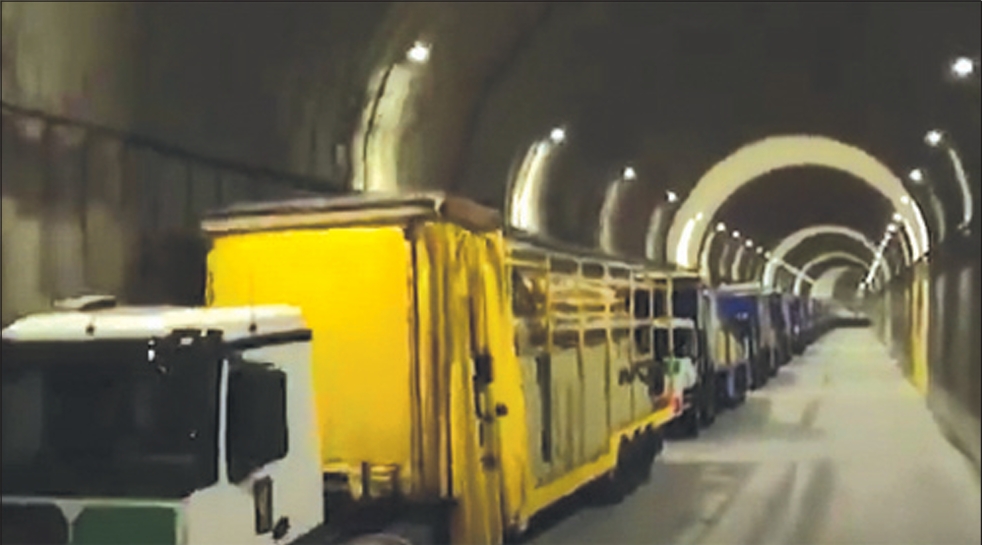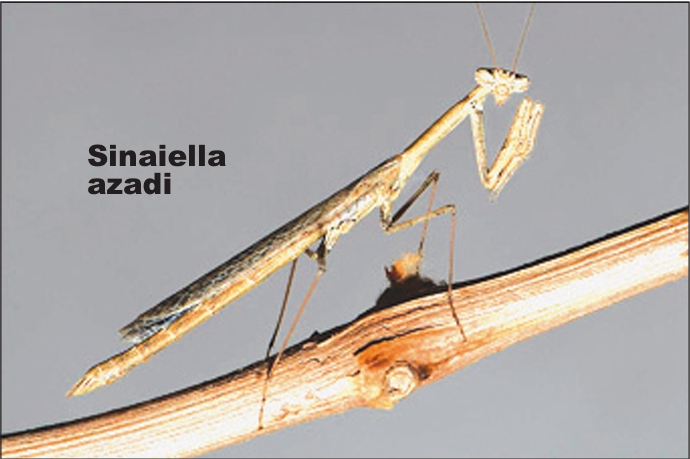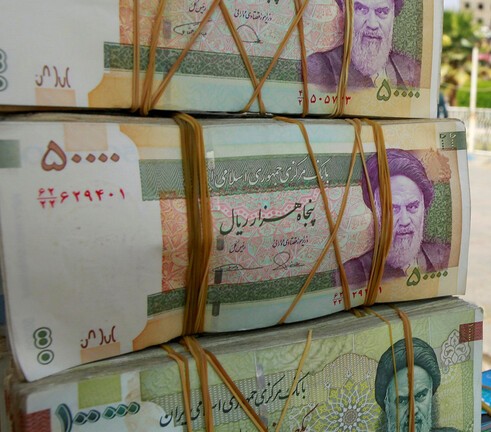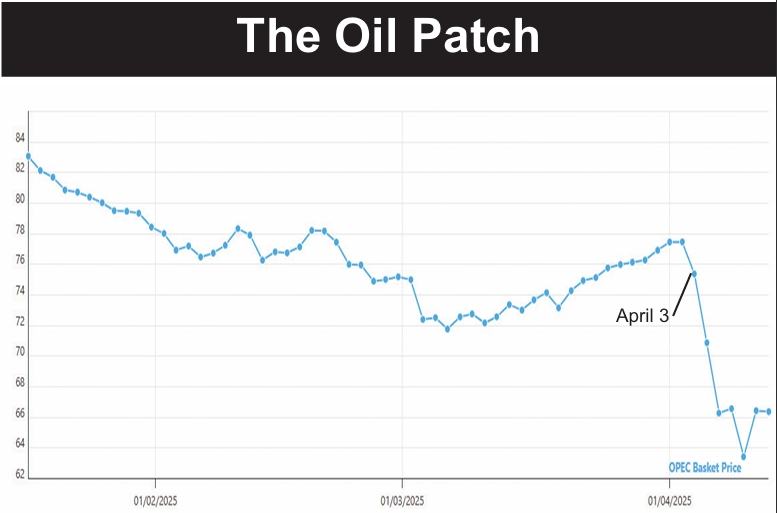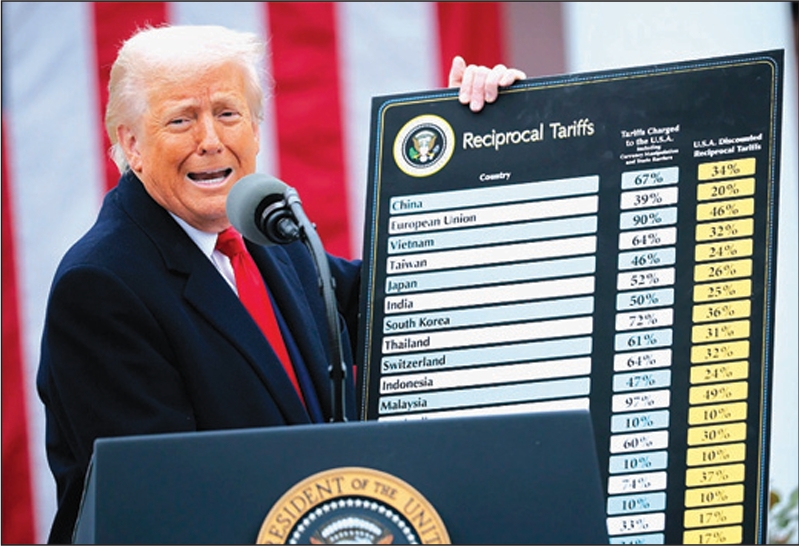In a matter of just a few days, production will be resumed at all 17 wells and daily production will rise to 25,000 barrels a day, the Oil Ministry has announced.
That will be an insignificant proportion—two-thirds of 1 percent—of Iran’s total output of 3.8 million barrels a day. But it will be a psychological boost because Masjed-e Soleyman is the oldest field in Iran and the entire Middle East.
But even so, Naji Soduni, managing director of the Petroleum Engineering and Development Co. (PEDCO), said Masjed-e Soleyman would only be able to keep up output at the rate of 25,000 barrels a day for four years before output would start to decline again and drop to zero over 20 more years.
British engineers spudded in oil at Masjed-e Soleyman in Khuzestan province on May 26, 1908, a few weeks after they received—and ignored—orders to abandon the search for oil in Iran and come home.
The field then produced 1.2 billion barrels out of an estimated 6.2 billion in the field before production halted several years ago—a fact the Islamic Republic avoided announcing to the public.
In August 2008, a few months after the celebration of the centennial of oil in Iran, a senior oil official announced that Iran had resumed production at Masjed-e Soleyman. That was the first word the public had received that production at the historic field had previously been halted.
The last public announcement the Iran Times could find at that time said production was down to a minuscule 5,000 barrels a day a decade ago.
But, at some point, production came to a complete halt with no announcement. That development may have been hidden because the closure of Masjed-e Soleyman would have raised many questions about the Oil Ministry’s management of the historic field. Huge quantities of oil remain in the giant field, but require more modern extraction techniques after a century of pumping removed the crude that is easy to get at.
The fact that so very little additional production is now anticipated despite the immense quantities remaining underground at Masjed-e Soleyman suggests the field may have been damaged over the years.


